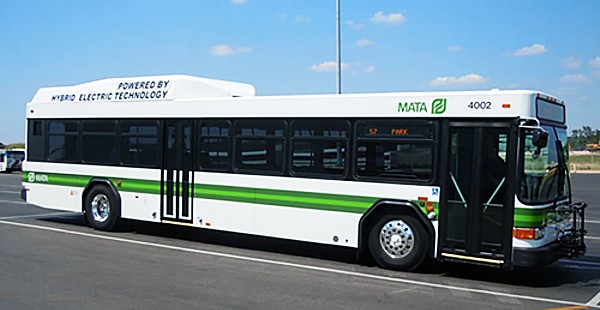
Following an announcement from Memphis Area Transit Authority (MATA) CEO Ron Garrison that the city’s bus system could collapse without additional funding, the transit authority will vote on various service changes as MATA prepares for an upcoming fiscal year looming with uncertainty.
“We are mostly concerned with the future,” said Sammie Hunter, the co-chair of the Memphis Bus Riders Union. “This is nothing compared to what we might face in July if MATA does not receive the funding request they made to the city. People need access to the whole city to have better options and improve their situation.”
Three timing changes, six service changes, eight routing changes, the removal of the President’s Island route (which carried less than five riders for all of February), and five new routes are tucked away in MATA’s proposed changes. MATA’s board will vote on the changes on March 21st, and, if approved, the changes will go into effect on May 1st.
The changes are a cost-neutral plan to address Memphians’ concerns about on-time performance and bus connections while MATA awaits Mayor Jim Strickland’s budget proposal in April.
“Additional funding would negate the need to cut bus service in July 2017,” Garrison said. “Instead, MATA will be able to improve on-time performance and make service more reliable.”
Garrison has been vocal about MATA’s need for increased capital funding, as they have relied on capital dollars to satisfy operational needs. When the new fiscal year begins on July 1st, Garrison said MATA would need an increase of $7 million for the operating budget and $5 million in capital funding.
“Not only are we way underfunded, but we have buses that should have been retired years ago — probably to the tune of about 60 buses,” Garrison said. “Some of them have over 700,000 miles. We had to borrow money from the city twice last year and bridge funding we had to pay back just to make payroll.”
The bus rider’s union’s worries center around route cuts and inadequate shelters at the new transfer locations, Hunter said. One proposal would make the Frayser Plaza Shopping Center a major connection point. Hawkins Mill Route 18, a new feeder route, would replace the north end loop on Crosstown Route 42, which has the second highest ridership, according to Hunter.
“Without increasing service and building adequate shelters at these new transfer locations, folks will be waiting for their transfers out in the elements,” Hunter said. “Those who can only afford a one way pass will be forced to pay twice as much as they normally pay per day or walk the rest of the way.”
MATA touts 9.3 million passenger trips per year and currently operates 109 buses. Justin Workman, a 31-year-old food industry worker, has relied on the bus system since the age of 18. Scheduling a trip across town is often unpredictable, Workman said.
“The routing and scheduling make it nearly impossible to rely on it as a sole means of transportation,” Workman said. “Try to take a bus to Wolfchase Galleria from downtown or Midtown — I hope you have the entire day.”
The bus system could see a few positive changes by the end of year with MATA’s Short Range Transit Plan, which was announced last week. It would streamline routes, add express service, and make the system easier to navigate and understand, and they say those changes can be made without significantly increasing operating costs.
But, overall, MATA’s service will abate or improve based on the city budget when the clock restarts this fiscal year, Hunter said. Solutions, such as having Shelby County chip in, he says, need to be addressed.
“The city has got to look at its budget with compassion for the working class people,” Hunter said. “No amount of police or downtown development will solve the problems we have. We can start by allocating the funds to MATA that it needs to make it through this fiscal year without more cuts. Then we can look at long-term solutions.”